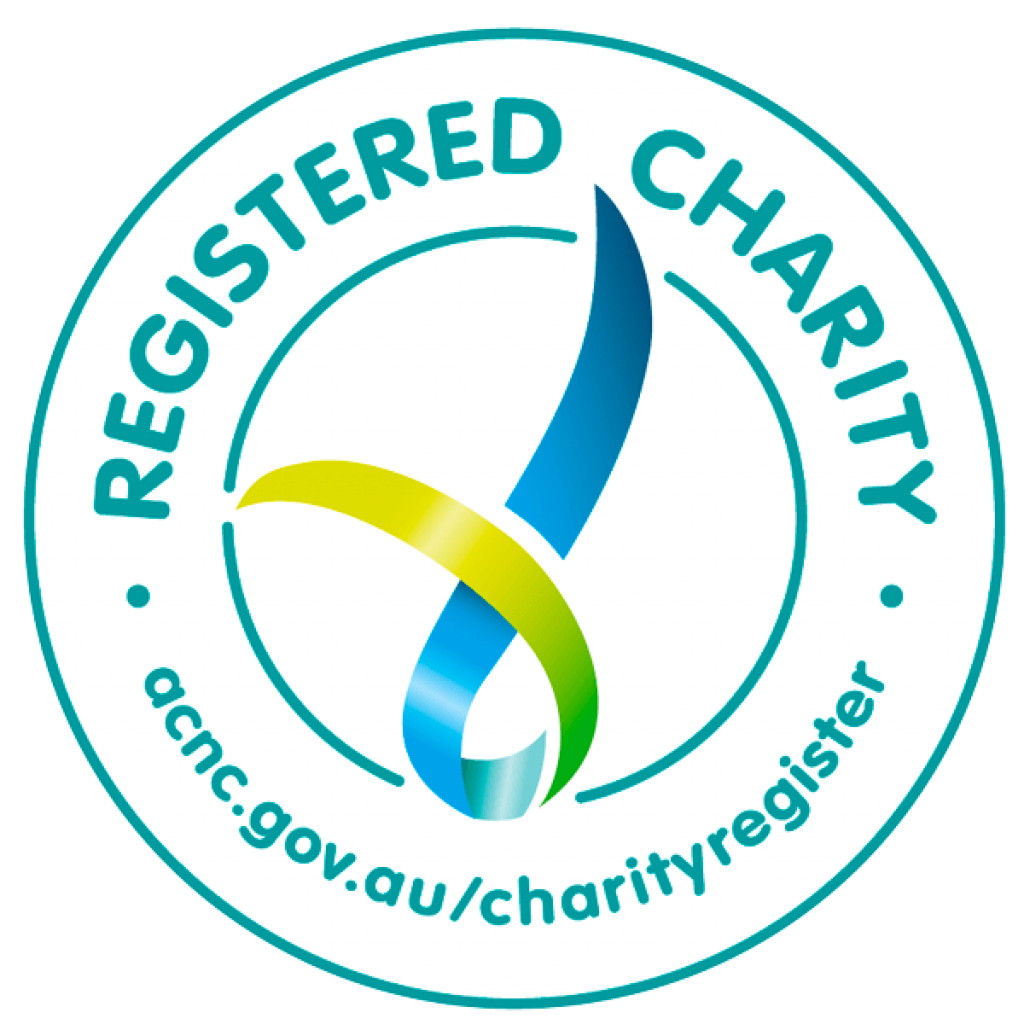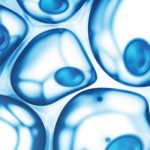
The 2014 annual meeting of the Pan-Asian Committee for Treatment and Research in Multiple Sclerosis (PACTRIMS) was held in Taipei, Taiwan in early November. There was an excellent Australian presence at the meeting, with researchers from all states represented.
Associate Professor David Booth, from Westmead Millennium Institute in Sydney, Dr Toby Merson from University of Melbourne, and Mr Sean Hatton, Clinical Trials Manager at Sydney Neuroimaging Analysis Centre at the Brain and Mind Centre, all attended the conference and described what they found to be the key presentations of the conference.
Treatments for MS
Dr Merson outlined exciting new directions for the treatment of MS in a presentation by Professor Giancarlo Comi from Italy. Professor Comi spoke about recent advances in the development of personalised treatment programs. Researchers are currently using specialised analysis techniques to study the use of genes not only to help diagnose illness, but also to identify if a person’s genes could predict how they might respond to a particular treatment, and find the best time to start or switch treatments. This research is still in early phases, however Professor Comi was very optimistic about the future of personalised medicine for treating MS.
Defining MS and demyelinating disorders
Associate Professor Booth and Mr Hatton both recounted a special lecture from Professor Dean Wingerchuk from the Mayo Clinic in Arizona, who has been studying the differences between MS and neuromyelitis optica (NMO) and NMO spectrum disorders. NMO shares many features and symptoms with MS, but is now known to be a distinct disease. Professor Wingerchuk spoke about the many different biological markers that separate MS and NMO spectrum disorders. The two disorders also have different clinical symptoms, appear to have different environmental and genetic risk factors, and respond differently to therapies. Understanding the difference between these illnesses is very important for their clinical management. MS Research Australia have recently funded an Incubator Grant to Dr Ben Crossett at the University of Sydney, investigating the difference in protein signatures between groups of people with MS and NMO spectrum disorders and have been supporting a national collaboration of researchers investigating the characteristics of NMO in Australia.
Mechanisms of MS
Another highlight of the conference for all three researchers was an exciting presentation about the mechanisms of MS progression, from Professor Hans Lassman from the Medical University of Vienna. Professor Lassman described new evidence that the brains of people with secondary progressive MS and primary progressive MS appear to have many similarities in the type of nerve damage. He also outlined a number of new ideas on the mechanisms of progression in MS, including the role of oxidative injury from microglia cells as well as age-related accumulation of iron in the brain, and abnormalities of metabolism in the nerves. These findings paint a picture of the way that progressive damage may extend far beyond the initial inflammatory damage of relapsing-remitting MS. Dr Merson reported that ‘Professor Lassman revealed evidence for remyelination occurring at all disease stages, which presents very exciting potential for future development of new therapies to treat progressive MS.’
Also speaking about progressive MS was Dr Allan Kermode from the University of Western Australia. Dr Kermode spoke about the use of biological measures, such as brain volume and brain metabolism, as markers of disease progression in clinical practice, in addition to the EDSS scale. He has previously been funded by MS Research Australia, and in this presentation he outlined new research showing that biological measurements will continue to become an increasingly important component of clinical MS management.
Mr Hatton also recounted some very exciting findings from Dr Klaus Schmierer in the UK on new advanced imagingtechniques using very high resolution MRI magnets (9.4 Tesla), which are able to visualise demyelinating and remyelinating lesions. Mr Hatton said ‘This work has huge implications for the management of MS and for clinical trials of new therapies targeting remyelination.’ Although magnets of this strength are currently only available for research and are not available in clinical practice – currently, Australia has only two 7 Tesla research scanners – as these techniques become more refined they will also become more commonly available.
Ms Nasr Zahra a medical student from Iran, won the Young Investigator Award at the conference. Her work has revealed that the prevalence of MS in Iran, contrary to previous evidence is on a par with neighbouring countries. The study found no latitude effect on MS prevalence, unlike the prominent gradient in Australia, but they did find a marked increase in prevalence in industrial regions with higher socio-economic wealth.
Associate Professor Booth reported that the conference was a great success, providing insights from esteemed researchers from around the world, and giving an inspiring glimpse into some of the exciting developments happening now within the MS research field.






